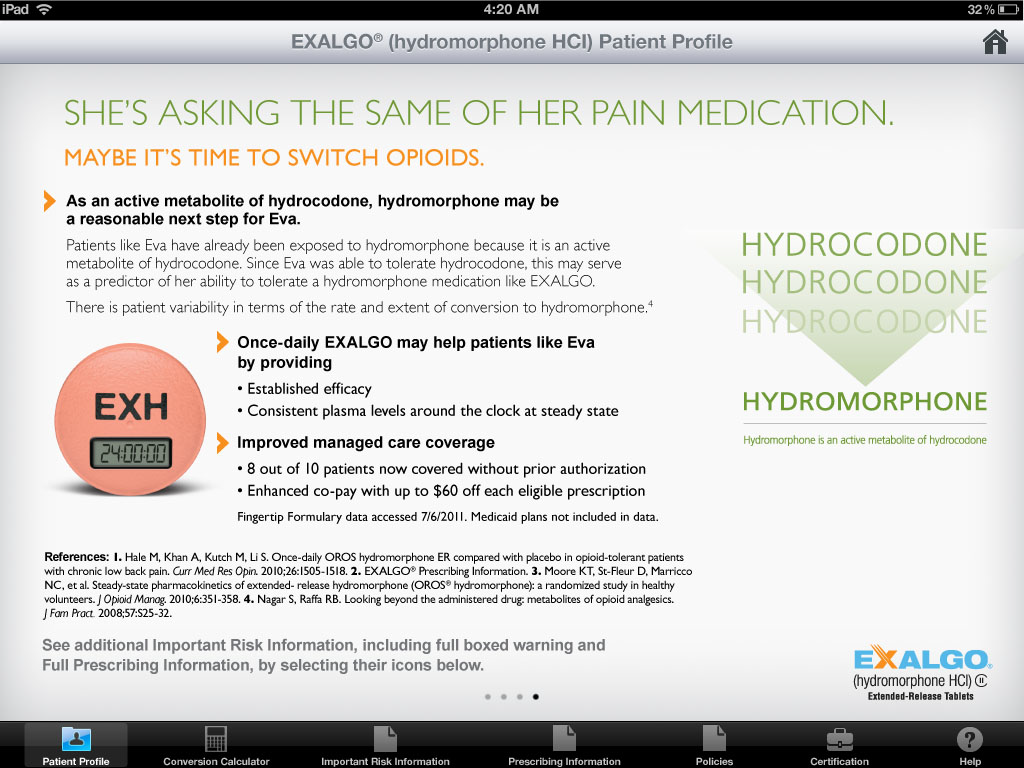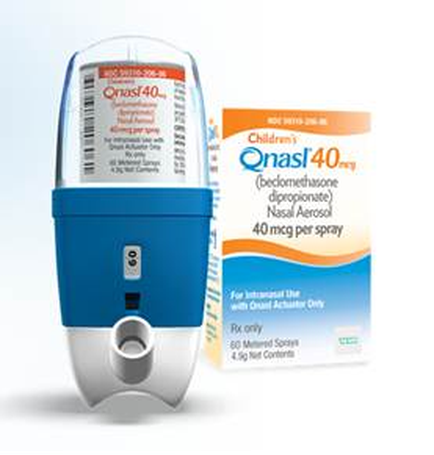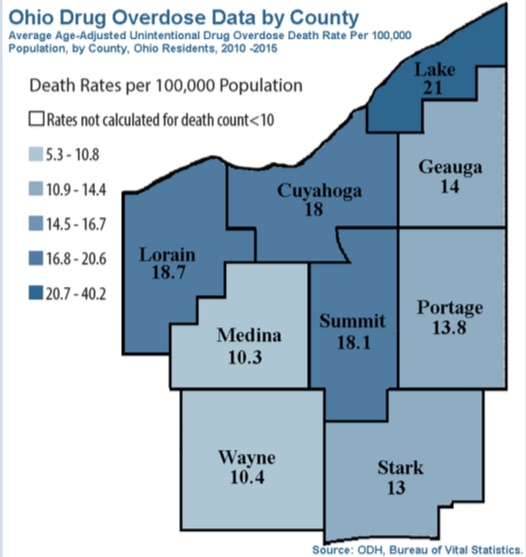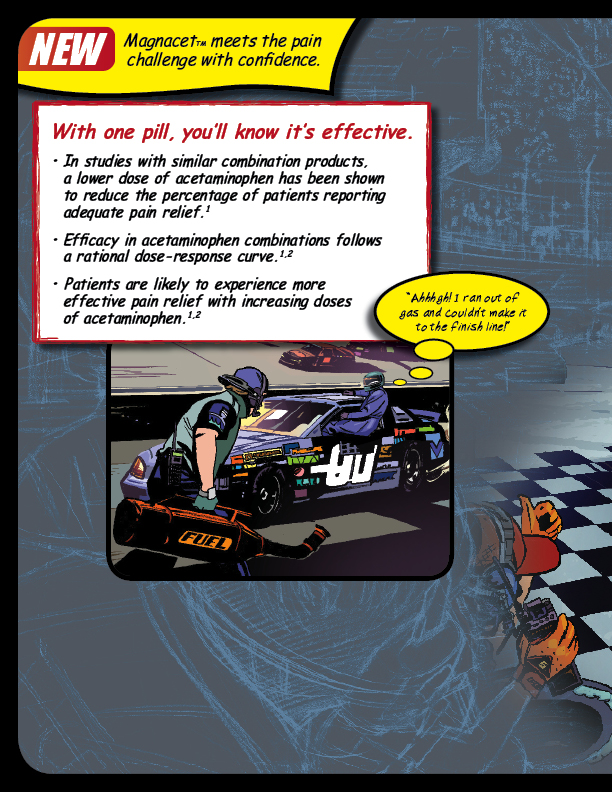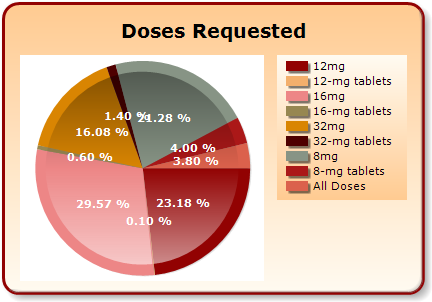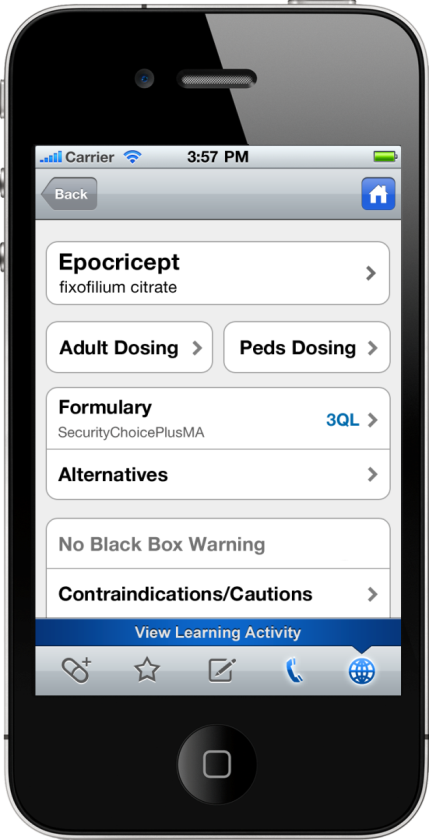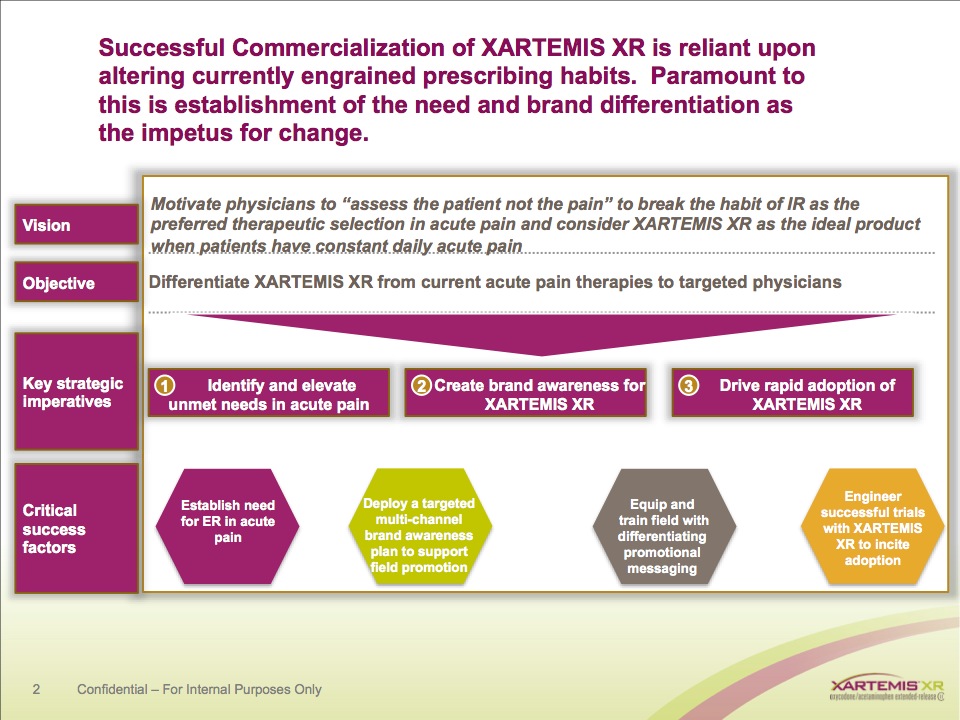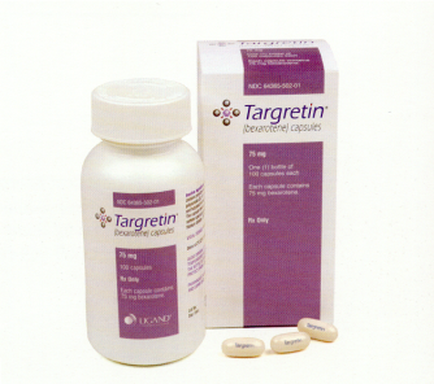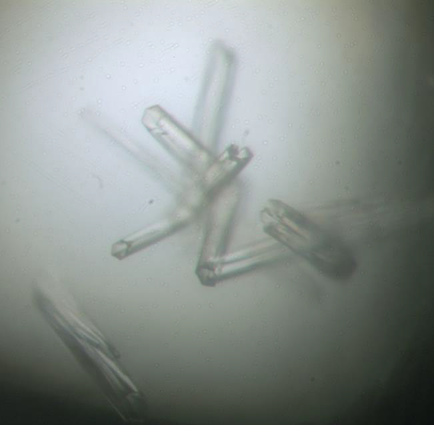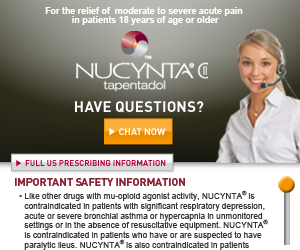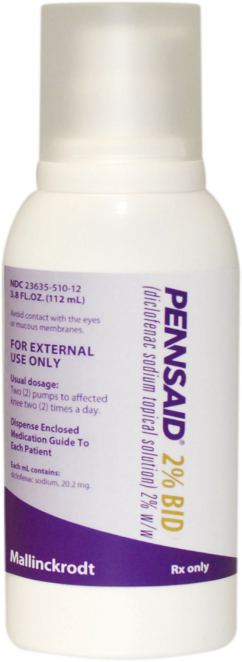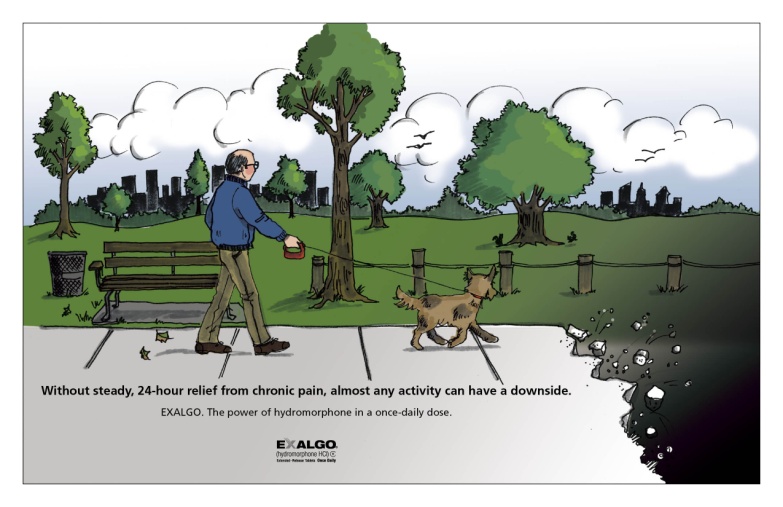A data visualization comparing the effects of Opioids Acetaminophen a2 Agonist NMDA Receptor Antagonist and NSAIDs on the human nervous system. There is a text box for each category with explanatory text. There are also arrows pointing to the left from each text box indicating the effected areas of the human body (that is a standing silhouette of an adult human body with the nervous system in light gray against a black background). The background is white with graphic elements in gray blue green black and white with text in black and white.
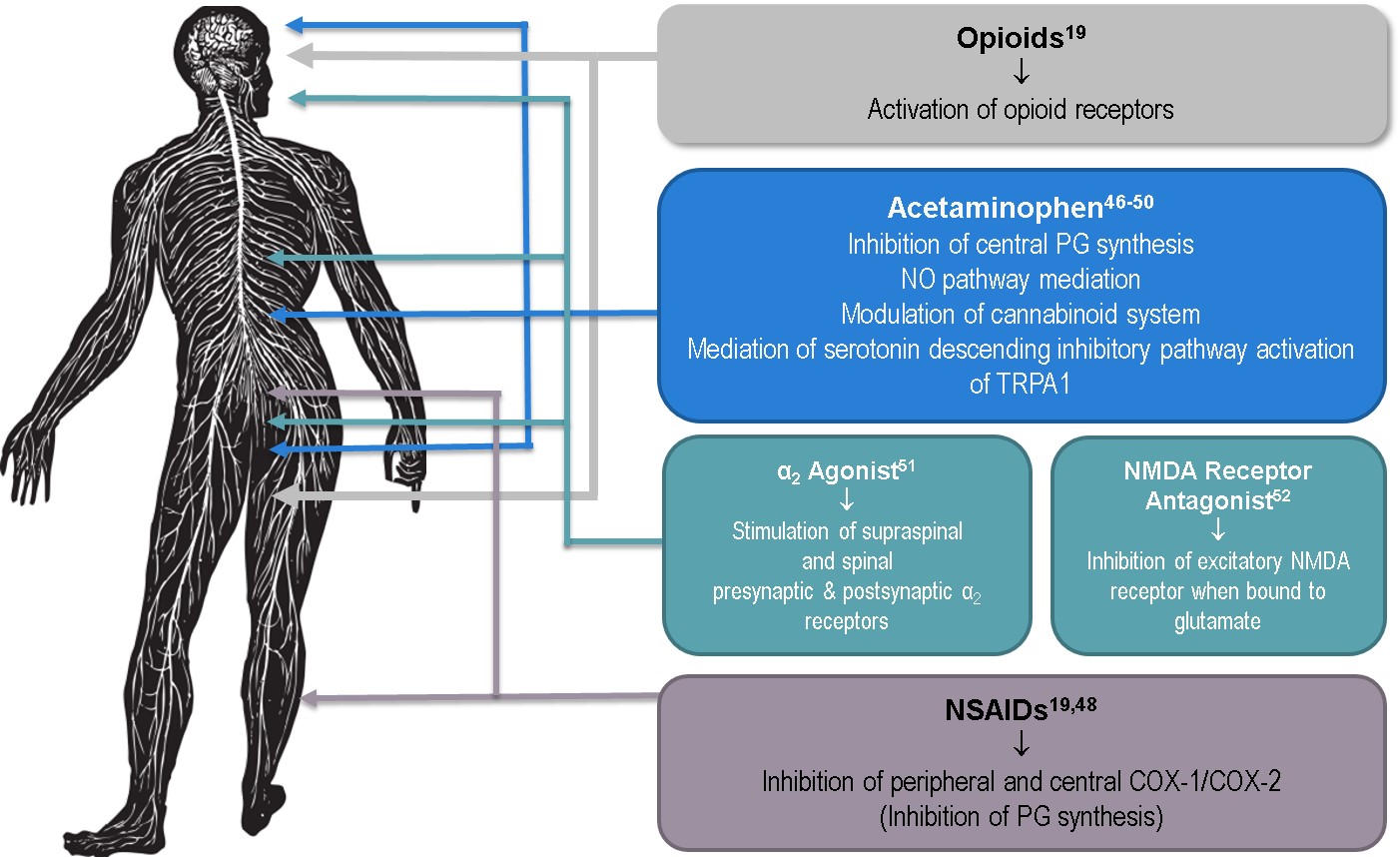
Description
Category
Source 1 of 7
-
Date
2015
Collection
-
Date
2015
Collection
-
Date
2015
Collection
-
Date
2015
Collection
-
Date
2015
Collection
-
Date
2015
Collection
-
Date
2015
Collection
We encourage you to view the image in the context of its source document(s) and cite the source(s) when using these images. However, to cite just this image alone, click the “Cite This Image” button and then paste the copied text.

